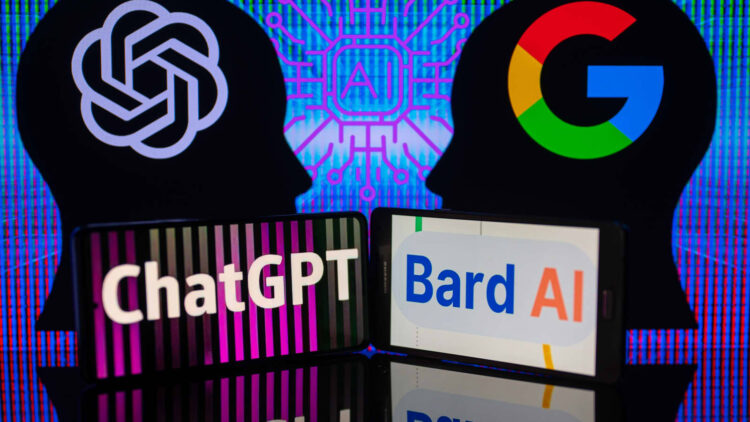Microsoft has made a significant breakthrough by introducing Phi-1, its newest language model, which has an impressive 1.3 billion parameters.
Microsoft Big breakthrough
In contrast to the commonly held belief that larger models produce better results, Microsoft’s approach emphasizes the quality of the training data.
Phi-1 has achieved superior performance by meticulously curating a “textbook-level” dataset, outperforming GPT-3.5, which incorporates 100 billion parameters.
Because of its exceptional performance, the Phi-1, which uses the Transformer architecture, has received a lot of attention. The use of eight Nvidia A100 GPUs accelerated the training process, allowing it to be completed in four days.
Microsoft’s strategic emphasis on improving training data quality rather than simply increasing the parameter count has produced impressive results.
In comparison tests, Phi-1 achieved a remarkable accuracy score of 50.6%, outperforming GPT-3.5’s performance of 47%, despite GPT-3.5 having a staggering 175 billion parameters.
MS plans to open-source Phi-1 on the HuggingFace platform, increasing accessibility and encouraging collaboration.
This step increases the likelihood of engagement and contribution to this language model. It’s worth noting that M.S previously created Orca, a smaller language model with 13 billion parameters.
Orca was trained on synthetic data with GPT-4 and outperformed ChatGPT in terms of performance. With Phi-1, Micro challenges the widely held belief that larger stack sizes are required to achieve improved performance in language models.
By emphasizing training data quality, Phi-1 has demonstrated exceptional accuracy, outperforming even larger models.
Microsoft’s decision to open source Phi-1 demonstrates the company’s commitment to pushing the boundaries of natural language processing and fostering progress in the field.
To read our blog on “Microsoft’s valuation expected to reach $2.6T after AI boost,” click here

















